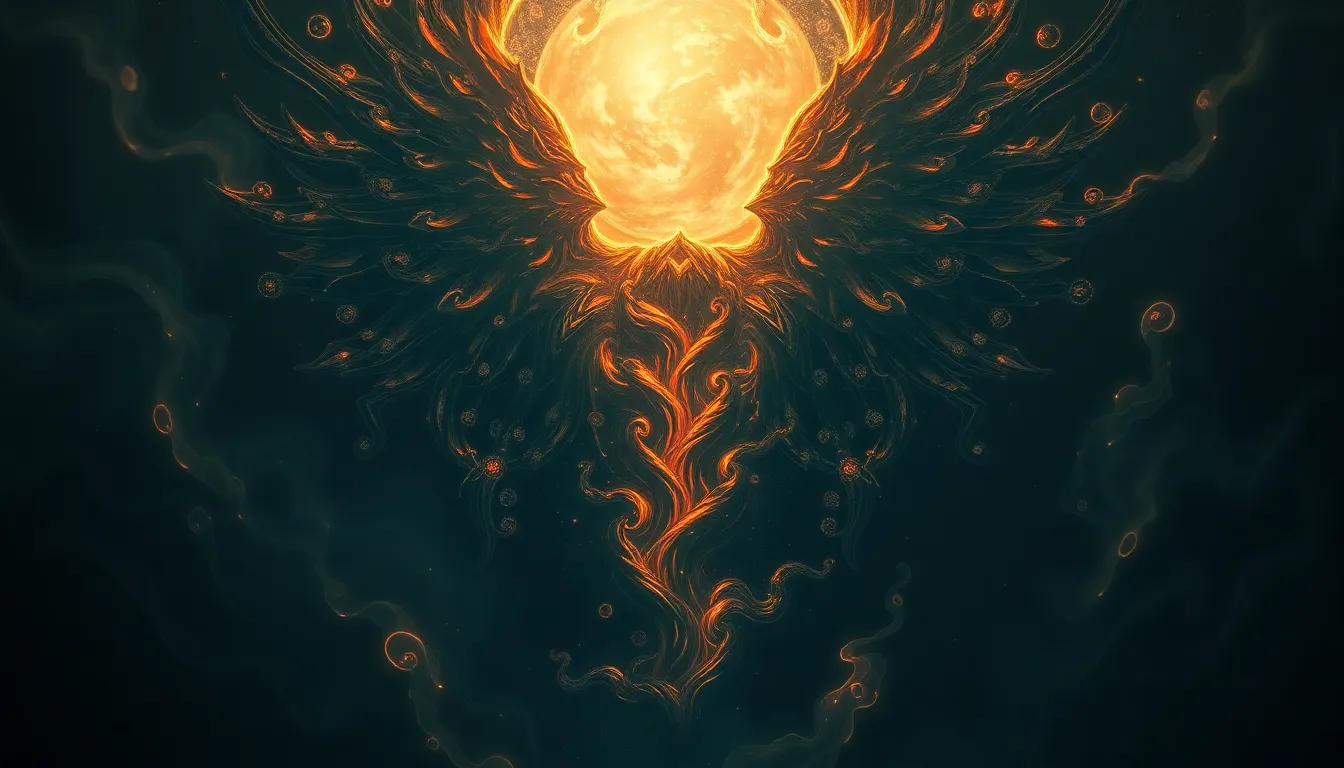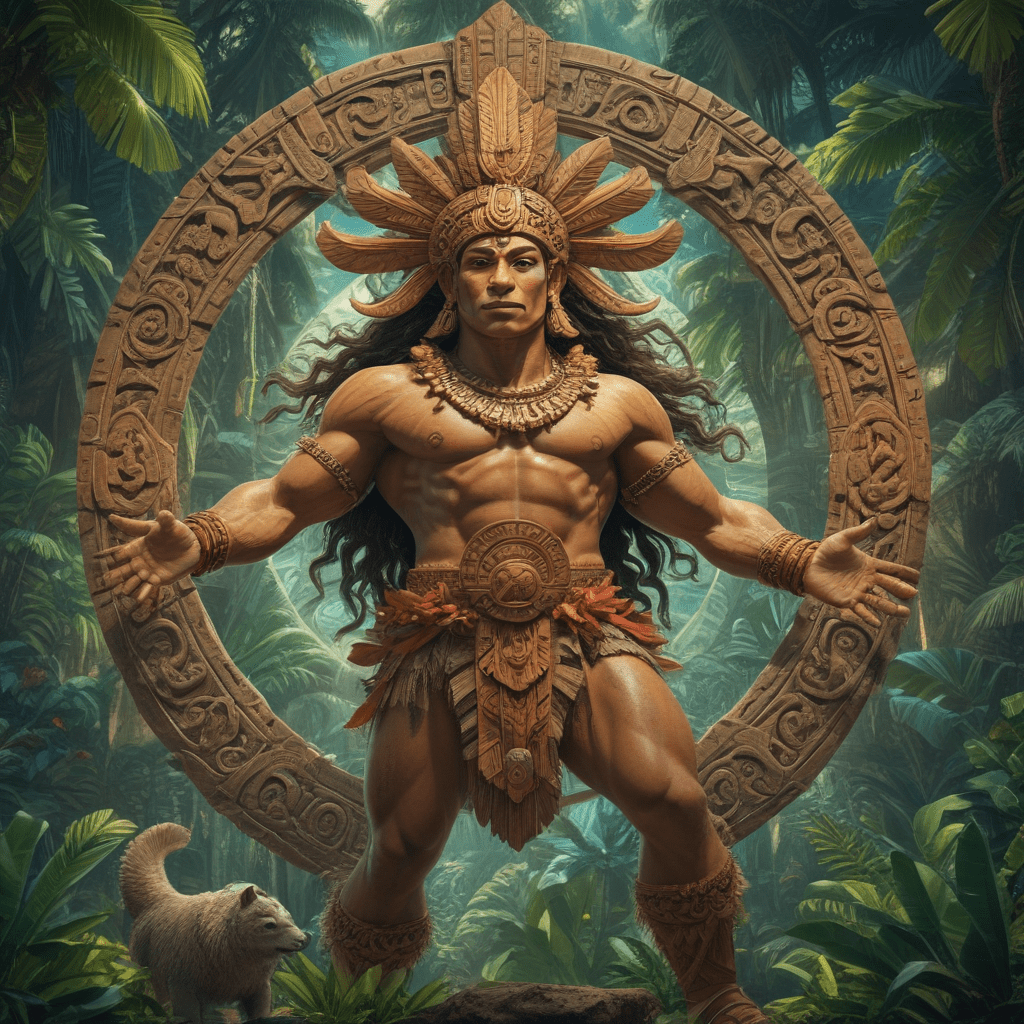Matsya Avatar: The Fish
Lord Vishnu's first avatar was as a fish named Matsya. The Matsya Avatar appeared during a great deluge that threatened to destroy all creation. The wise sage, Manu, who was destined to recreate life on Earth after the deluge, was performing austerities when he received a small fish. The fish asked Manu to protect it, promising to save him from the impending flood.
As the waters rose, the fish grew larger and larger until it became a giant that carried Manu and his boat safely through the deluge. The fish then revealed its true identity as Lord Vishnu.
Kurma Avatar: The Tortoise
The second avatar of Lord Vishnu was as a tortoise named Kurma. The Kurma Avatar appeared when the gods and demons churned the ocean of milk to obtain the nectar of immortality, known as Amrita. The churning was so powerful that it began to sink the universe. Lord Vishnu appeared as a tortoise and supported Mount Mandara, the churning rod, on his back, allowing the gods and demons to continue their churning.
Varaha Avatar: The Boar
The third avatar of Lord Vishnu was as a boar named Varaha. The Varaha Avatar appeared when the demon Hiranyaksha stole the Earth and carried it to the bottom of the cosmic ocean. Lord Vishnu descended as a boar, fought Hiranyaksha, and rescued the Earth. He carried the Earth on his tusks and restored it to its proper place in the universe.
Narasimha Avatar: The Man-Lion
The fourth avatar of Lord Vishnu was as a half-man, half-lion creature named Narasimha. The Narasimha Avatar appeared when the demon Hiranyakashipu, Hiranyaksha's brother, became so powerful that he threatened to overthrow the gods. Lord Vishnu appeared as Narasimha and killed Hiranyakashipu, tearing him apart with his claws.
Vamana Avatar: The Dwarf
The fifth avatar of Lord Vishnu was as a dwarf named Vamana. The Vamana Avatar appeared when the demon king Bali became so powerful that he threatened to conquer the three worlds. Lord Vishnu appeared as a dwarf and asked Bali for three paces of land. Bali agreed, but Vamana's three paces covered the entire universe, and Bali was forced to return to the underworld.
Parasurama Avatar: The Warrior with an Axe
The sixth avatar of Lord Vishnu was as a warrior named Parasurama. The Parasurama Avatar appeared when the warrior caste, known as Kshatriyas, became arrogant and oppressive. Lord Vishnu descended as Parasurama and annihilated the entire Kshatriya race twenty-one times. He is considered one of the most powerful incarnations of Lord Vishnu.
Rama Avatar: The Prince of Ayodhya
The seventh avatar of Lord Vishnu was as a prince named Rama. The Rama Avatar appeared during the Treta Yuga, a period marked by righteousness and piety. Rama was born to King Dasharatha and Queen Kausalya of the Ikshvaku dynasty. He is renowned for his bravery, morality, and devotion to his wife, Sita.
Krishna Avatar: The Cowherd God
The eighth avatar of Lord Vishnu was as a cowherd named Krishna. The Krishna Avatar appeared during the Dwapara Yuga, a period marked by turmoil and chaos. Krishna was born to Devaki and Vasudeva, a Yadava couple who were imprisoned by the demon Kamsa. He is renowned for his playful nature, wisdom, and love for his devotees.
Balarama Avatar: Krishna's Elder Brother
The ninth avatar of Lord Vishnu was as a ploughman named Balarama. The Balarama Avatar appeared alongside the Krishna Avatar. Balarama was Krishna's elder brother and a powerful warrior. He is renowned for his strength, courage, and devotion to Krishna.
Kalki Avatar: The Final Avatar
The tenth and final avatar of Lord Vishnu is yet to come. The Kalki Avatar will appear at the end of the Kali Yuga, a period marked by darkness and evil. Kalki will be a warrior on a white horse who will destroy evil and restore righteousness to the world.
Frequently Asked Questions
Q: Why did Lord Vishnu take so many avatars?
A: Lord Vishnu took ten avatars to protect the world from evil and to restore righteousness. Each avatar was tailored to a specific purpose and time.
Q: What is the significance of the ten avatars?
A: The ten avatars of Lord Vishnu represent the various aspects of the divine and the different ways in which God interacts with the world. They teach us about the importance of righteousness, devotion, and love.
Q: Is Lord Vishnu still active in the world today?
A: Yes, Lord Vishnu is still active in the world today. He is present in the hearts of all his devotees and continues to guide and protect them.


